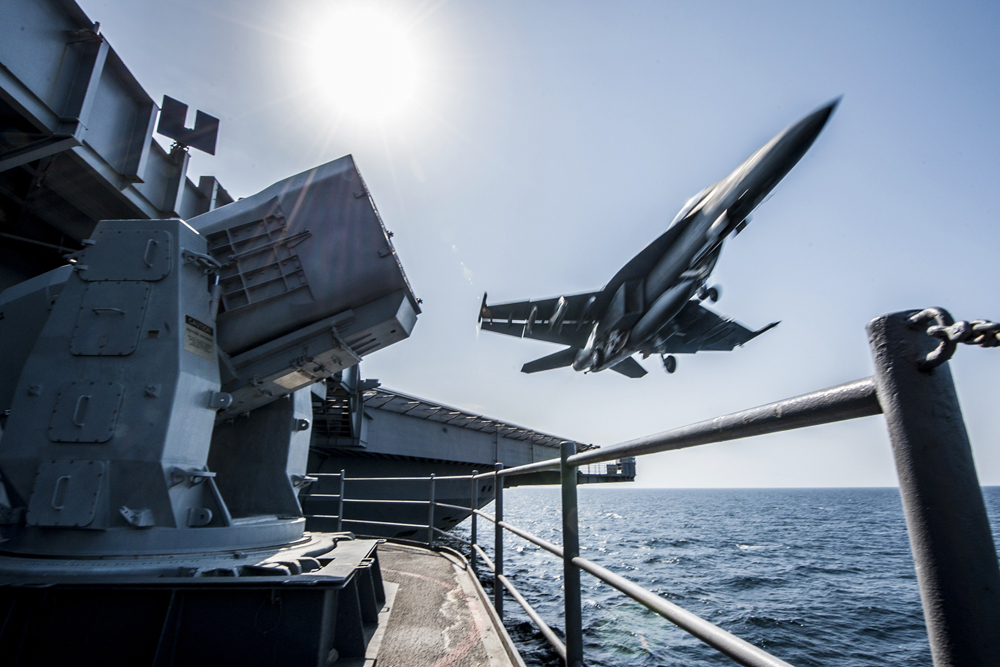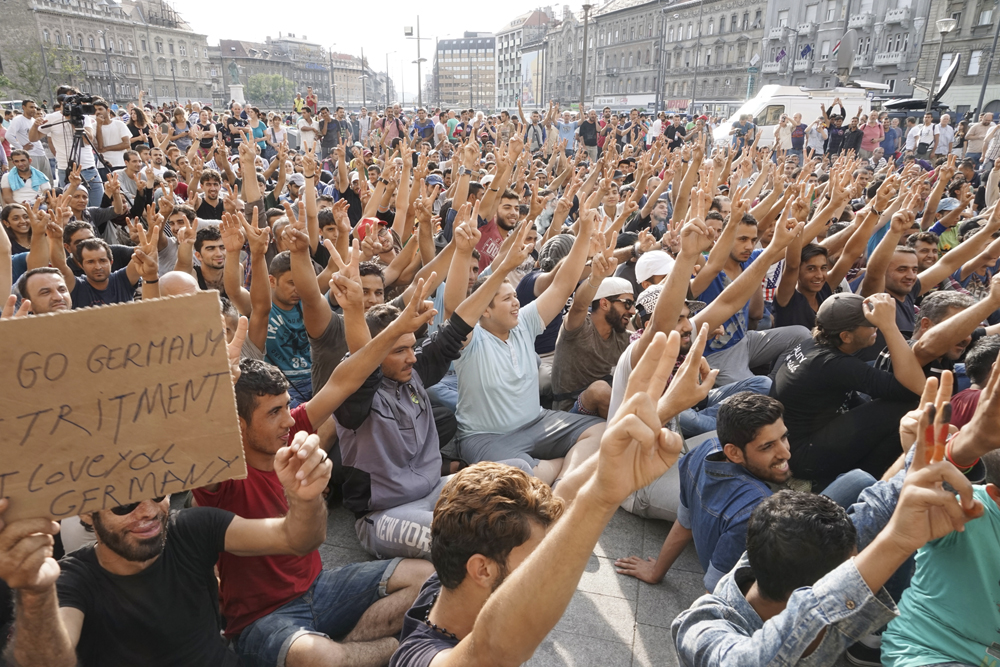The BBC reported that, since 2011, the Syrian civil war has claimed the lives of more than 200,000 people and has driven approximately 11 million Syrians from their homes, resulting in a historic refugee crisis. It would be reckless to attempt to pinpoint exactly what led to the rise of ISIS; however, the momentum of the Arab Spring, coupled with sectarian violence in a recently destabilized Iraq, created an environment favorable for the rise of the Wahhabi extremist military force now committing unimaginable horrors under the guise of Islam.
Reuters reported that Russia has proposed military talks with the U.S. concerning intervention in Syria, primarily to discuss military communication to make sure the U.S. and Russia do not come into conflict when conducting airstrikes on ISIS targets. Russia has expanded its military presence in the region by constructing a military base, which is reported by multiple sources to house between 200 and 500 naval infantry, six tanks and artillery to bolster the Assad regime. While Moscow seems determined to become involved in a ground war in Syria, NPR reported that Russia has already sent aircraft to begin a bombing campaign against ISIS. Although Russia is trying to sell this intervention as a fight against terrorism, it seems to be primarily concerned with keeping the Assad regime in power, possibly due to a Soviet-era alliance. NPR reported that a major motivator for Russia’s involvement is its naval base in the regime-controlled port of Latakia, the only one in the Mediterranean. This scenario is eerily reminiscent of the annexation of Crimea when Russia was concerned about losing its strategic naval base on the peninsula. Russia’s willingness to commit ground troops to the conflict bodes well for the U.S. since, as Vice News reported, rebel fighters are hearkening back to the failed Soviet occupation of Afghanistan to boost morale, bringing focus off of current American aggression in the region.
Despite thousands of airstrikes against ISIS targets, conducted primarily by the U.S. Air Force, the rebel group known as ISIS still controls large swaths of Iraq and Syria. A U.S.-led coalition now finds itself mired in a yet another quagmire in the Middle East with no end to the hostilities in sight; in fact, things seem to be getting more complicated by the hour. As Russia begins its own intervention narrative, it is important to think about the alliances forming around the different regional forces. The Assad regime is part of the Shia minority and is supported by Russia, Hezbollah (Lebanon) and Iran. The U.S.-led coalition supports the Free Syrian Army, the Iraqi Government and the Kurdish Peshmerga forces. The Kurdish Peshmerga, despite being a major U.S. ally in the fight against ISIS, has been the primary focus of a Turkish bombing campaign since the Turkish government—as well as the U.S. government—classifies the Peshmerga as a terrorist group alongside ISIS.
It is impossible to know how the war will eventually end, but it is certain that Russia’s renewed support of the Assad regime will extend the hostilities. After four years, with hundreds of thousands dead and millions of refugees living in perpetual exile, the Syrian civil war appears to be the defining humanitarian crisis of our time. As students of PSU, we must decide what role the U.S. should play in this conflict, whether that means complete isolation from the war, “boots on the ground,” expanding humanitarian aid to Syrian refugees or taking in more refugees than the limited numbers proposed. Without educated citizens thinking about solutions to the world’s problems, conflicts like the Syrian civil war will only cause death and pain for countless innocent people for many years to come.





